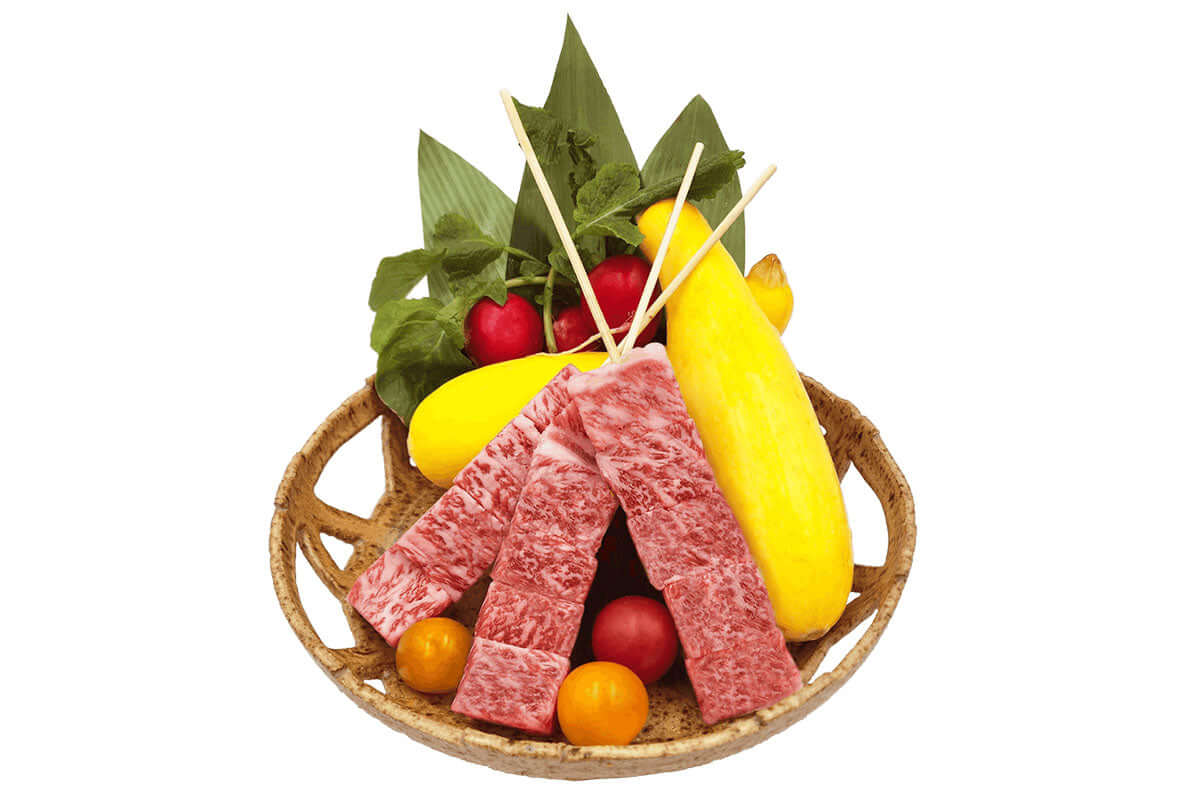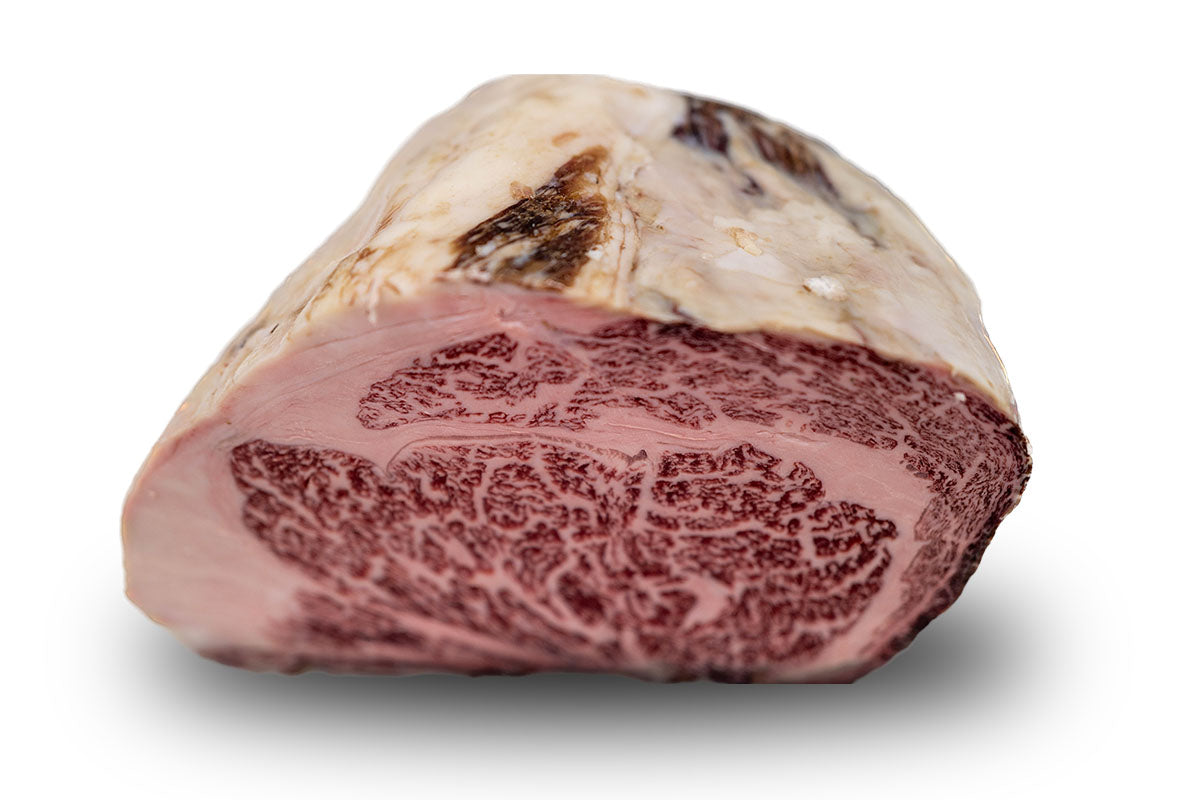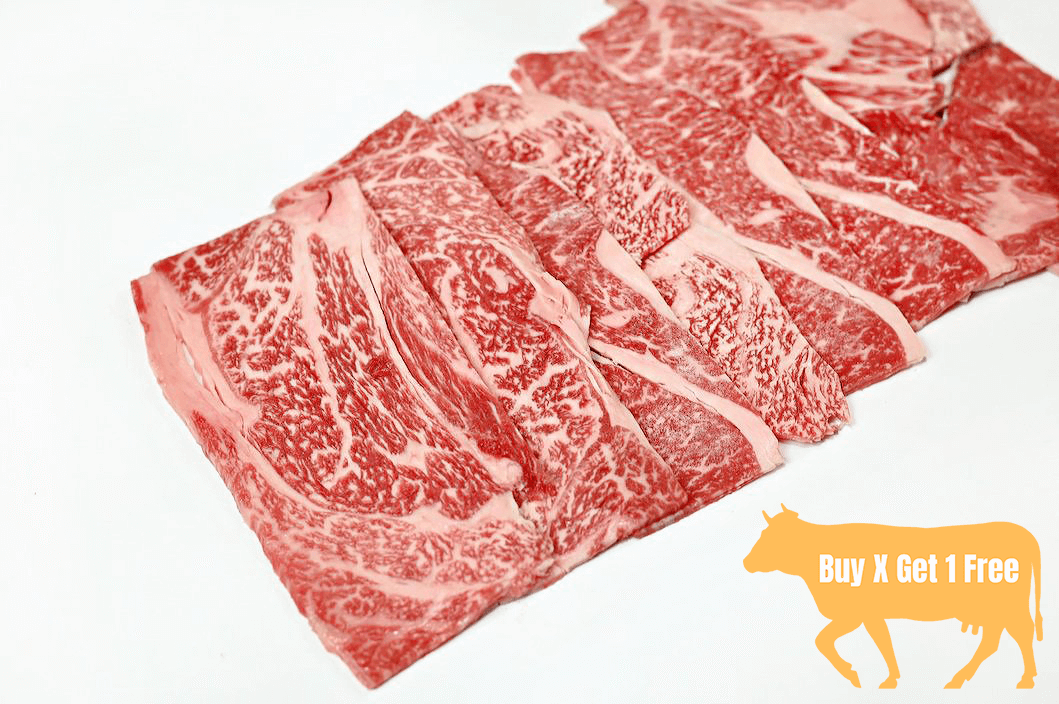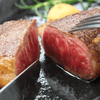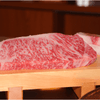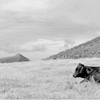What is Japanese Wagyu?
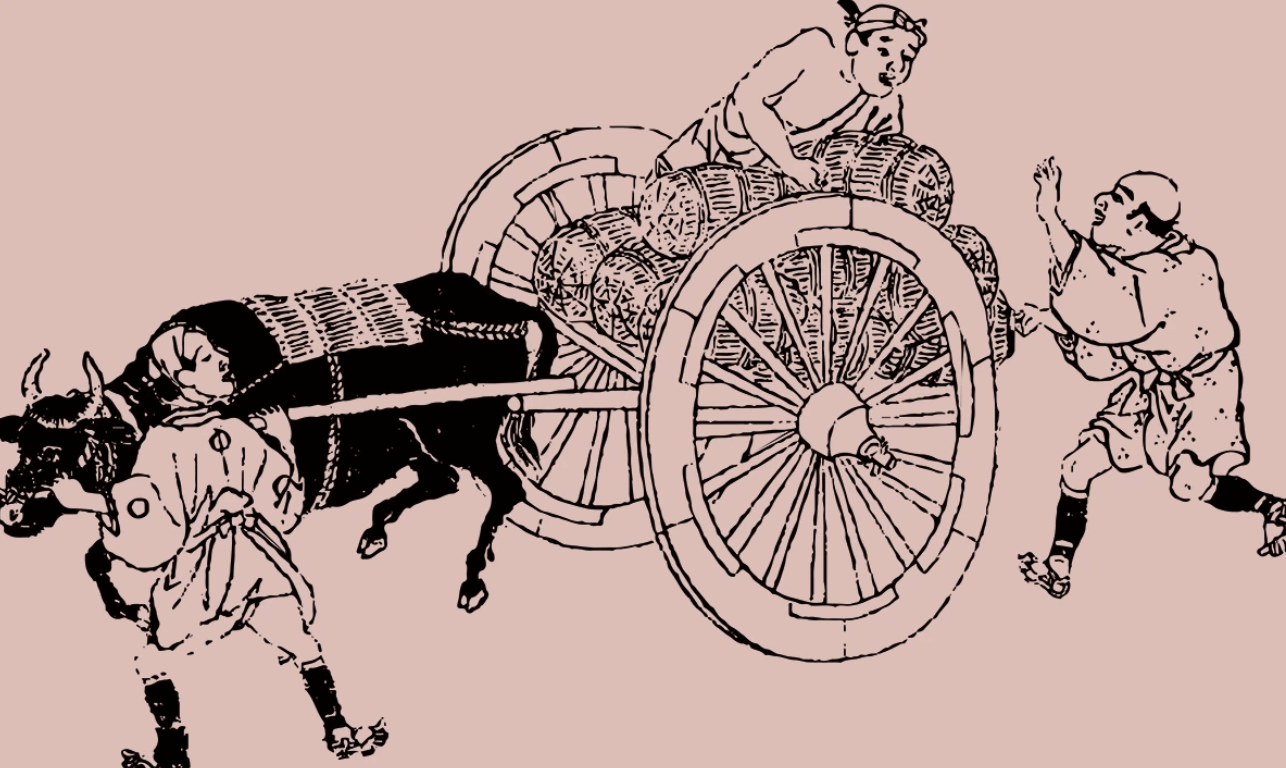
What is Japanese Wagyu and How is it Different From Japanese Beef?
Many people think that Japanese Wagyu and Japanese beef are the same thing, but they have different meanings. There is a proper definition of & Japanese Wagyu which is based on the cattle that have been in Japan since before the Meiji era, and is called & Wagyu in foreign countries. It refers to breeds created by crossbreeding with other breeds.
All About the Region and Breed of Japanese Wagyu Beef
Specifically, there are four types of breeds: Japanese Black, Japanese Brown, Japanese Shorthorn, and Japanese Poll. Japanese Black Wagyu come from a wide range of areas throughout Japan, while the other three are produced in specific regions. The main areas of origin are: Japanese Brown (Kumamoto and Kochi prefectures), Japanese Shorthorn (Iwate and Hokkaido prefectures), Japanese Poll (Yamaguchi prefecture), and even if you cross-breed four different native breeds with each other, you can still get WAGYU. It is treated as the highest grade of beef. The most common of these is the Japanese Black, which accounts for about 90% of the total, and is generally regarded as a high quality beef. It is widely known.
Background of Wagyu During the Edo Period
In the Edo period (1603-1867), Japan was influenced by the Buddhist culture that forbade the killing of cattle, and the meat culture did not develop. In Japan before the Meiji Restoration, cattle and horses were raised for farming and transportation, not for food. In Japan before the Meiji Restoration, cattle and horses were not used for food, but were raised for agricultural work and transportation. However, cattle and horses have been used for food since before the Edo period, such as Omi beef raised in Omi (today's Shiga Prefecture). There are also cattle that have been bred.
Modern Japanese Wagyu: Wagyu Beef in Recent Years
After the Meiji Restoration, meat culture came to Japan, and cattle from overseas were also imported to Japan. In the 1960s, with the spread of tractors and other vehicles, the cattle were used for agricultural purposes. role, but due to low milk production, the native breeds were raised exclusively for meat and I did. Characteristics. Japanese breeds, mainly native Japanese breeds, have softer flesh than foreign breeds such as Holsteins.
Fattening is characterized by a tendency for fat to cross-hybridize with muscle, and since 1991, beef imports have been It was liberalized, but in order to compete with cheaper foreign beef, the breeds were mainly black-haired breeds that are easy to crossbreed with fat. Improvements have been made to produce premium beef at high prices. The quality of Wagyu beef produced by breeding mainly native Japanese breeds has been recognized overseas as well, and it is a high quality product.

